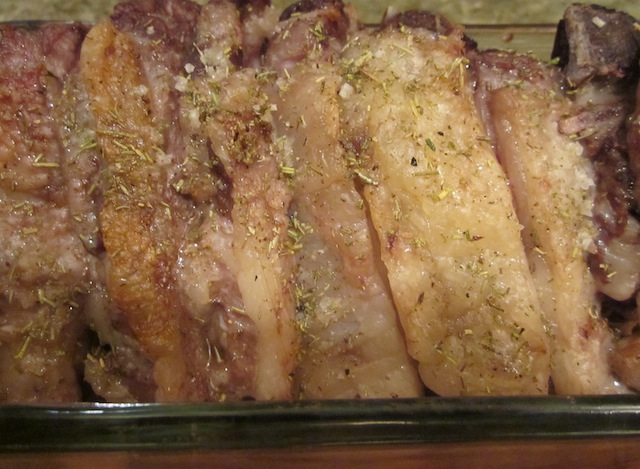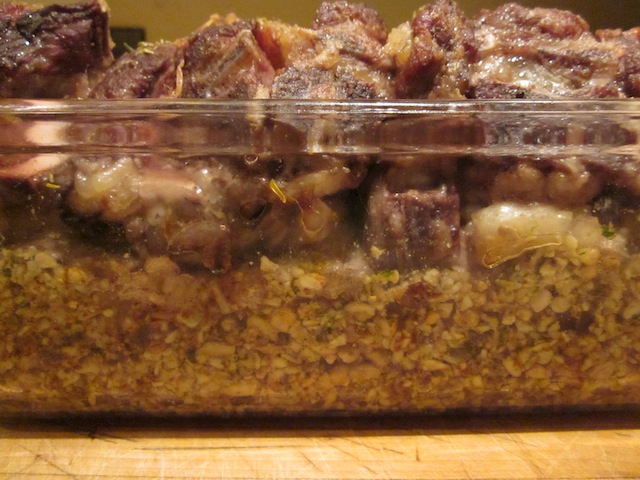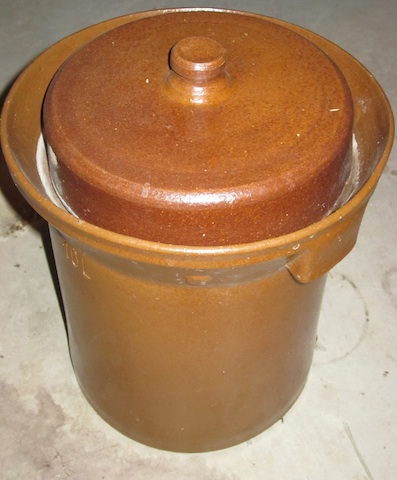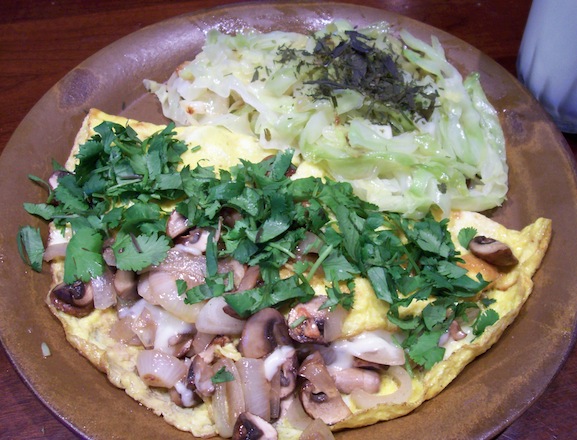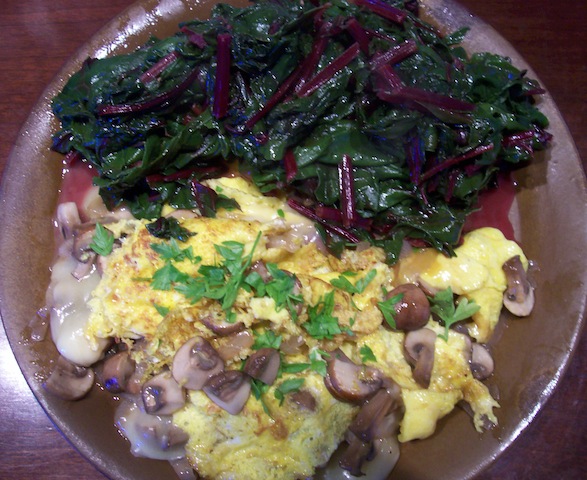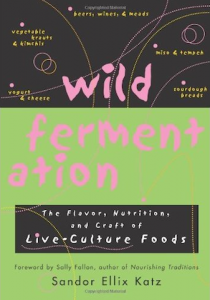This recipe is based on the Rack of Lamb recipe in Nourishing Traditions. It is safe for someone on the Specific Carbohydrate Diet. It is a very quick meal and a family favorite.
Stuffing
2c walnuts or almonds, soaked and dried
4T butter
1/2c parsley, chopped
1c onion, chopped
2-4 cloves garlic, minced
sea salt and pepper to taste
Use a food processor to grind the nuts into small pieces. Add the chopped onions, garlic and parsley. When well mixed add the butter. The stuffing should hold together well. Form the stuffing into a “log shape” the same length as the lamb chops. Make the stuffing before cooking the lamb so the flavors have time to meld.
Roast 6-8 lamb chops in a row like a rack of lamb, with the fatty side up. Sprinkle with some sea salt. Cook at 375F until the lamb temperature gets to 110F. Remove lamb chops from the oven. Remove the chops from pan and place the log of stuffing in the bottle of the pan. Place the lamb chops on top of the stuffing. Continue to cook until the meat is at 120F for a rare chop. The stuffing should be just heated through so the onions can soften. Do not overcook the stuffing or the nuts will take on a burnt flavor. For more information on cooking meat by temperature please read Cooking with Grass-Fed Meat and Fowl.
Pork Roast with Savory Stuffing
This recipe is also good as a stuffing for a pork roast. Just be careful not to over cook the stuffing. Unroll the pork loin and place in a baking dish. Place the stuffing over the roast and roll the roast so that the fatty side is on top. Tie with cotton kitchen twine and bake to an internal temperature of 145F for a rare roast.

